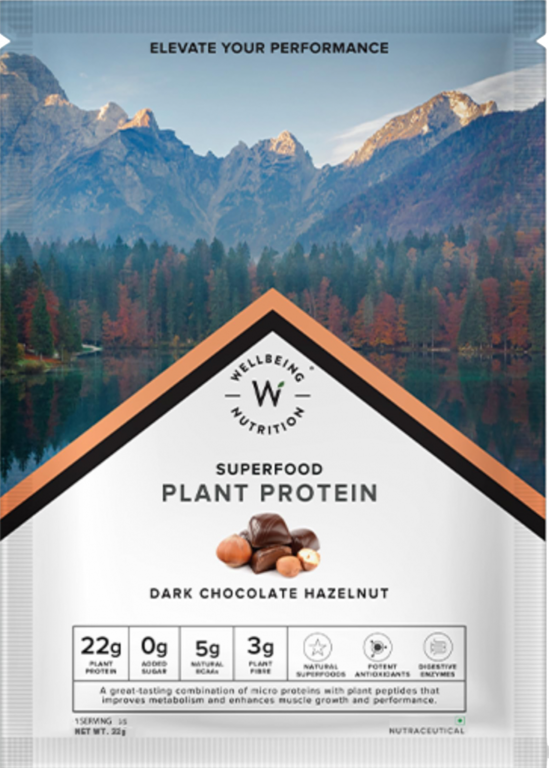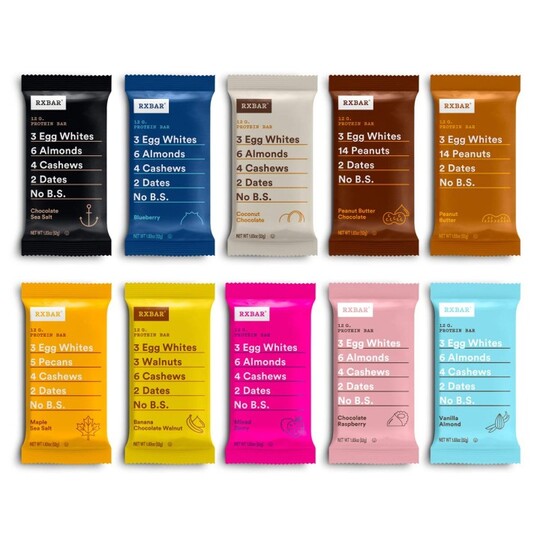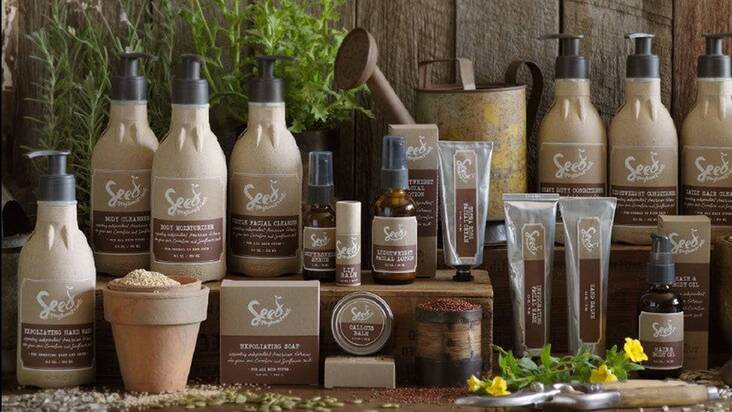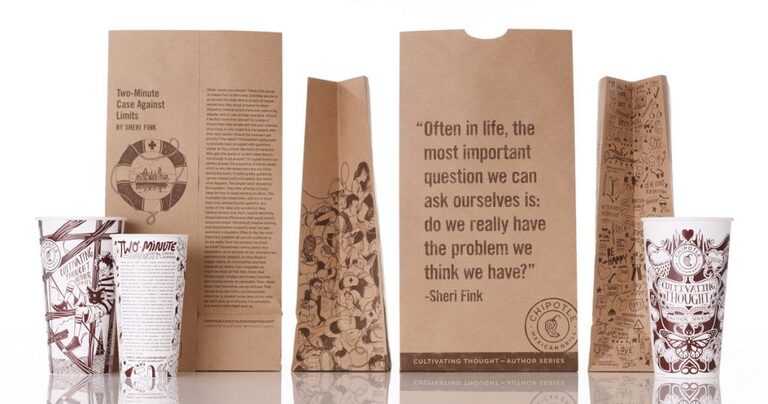Wellness Unwrapped: The Evolution of Product and Packaging Communications
With the rise of the wellness and health awareness in India, FMCG marketers have to evolve their packaging strategy to tell their brand stories effectively and creatively.
By Red Bangle
04 min read
Jan 31, 2024

When did we, a nation of deep-fried delicacies, syrupy sweet indulgences and sometimes deep-fried, syrupy sweet indulgences (here’s looking at you, Jalebi) start eating quinoa? When did our Sunday morning coconut hair oil massages turn into argan oil and shea butter sessions? When did we start turning our noses down on food that’s not labeled superfood? Questions even purists and grandmothers no longer ask.
In a world where kale now reigns supreme, the pursuit of well-being is not just a lifestyle but a cultural phenomenon. The aisles of our supermarkets are vibrant galleries of health and innovation. And as we decode the intricate language of wellness embedded in every carton, pouch, and pillow pack, it’s clear that we’re participants in a grand narrative, where our choices echo a resounding affirmation: health is not a destination; it’s an exquisitely packaged journey.
But who are FMCG marketers talking to exactly with their magic boxes, bottles, tubes, and sachets?
Gen Z and millenials? That would make sense because they were born on the internet and raised on technology, information, and holistic experiences. But let’s not forget Gen X and baby boomers have more time, disposable income and the inclination to live longer and better. So talking to them makes sense too.
Yes, wellness marketers must target consumers across ages and cultures. No one is swayed by the mere promise of convenience anymore.
Labels must become a canvas of inspiration that goes beyond customary nutrition facts, telling stories about the product’s origin, production methods and the brand’s ethos. Marketing claims are now a battleground of authenticity. Ingredients have become the currency of trust. Color, texture, and form are no longer mere aesthetic choices, but strategic elements. Soft, earthy tones and natural textures evoke a sense of wholesome goodness. The material of the packaging is carefully curated to maintain freshness and the shape to communicate a sense of portion control. Sustainability is not merely a trending word but adopting eco-friendly materials, reducing waste, and embracing circular design principles is imperative in communicating a brand’s commitment to the planet. All exactly aligning with our own collective health-conscious state of mind.
There are plenty of great Indian and international examples of brands that have used packaging to effectively tell their stories.

Wellbeing Nutrition places a strong emphasis on eco-friendly and recyclable materials, and each package is designed not only to protect the contents but also to communicate key information. Simplicity and functionality in packaging design ensures that details about ingredients and benefits can easily be accessed and understood.

RX Bar’s packaging philosophy revolves around simplicity, transparency, and a commitment to wholesome ingredients. The brand’s minimalist approach to packaging is reflected in its straightforward labels, where each ingredient is prominently displayed serving as a reminder to consumers that they’re getting a straightforward and honest snack option.

Seed Phytonutrients, a division of L’Oreal, makes shower products that are sold in only recycled, recyclable, compostable, paper-based bottles.

Chipotle’s Cultivating Thought campaign is an innovative initiative that brought literature to the fast-food experience. Chipotle partnered with thoughtful authors to highlight their ethical standards in ingredient sourcing and how they deliver it from farm to table.
The era of unwrapping (and immediately disposing) bland packaging, trying to decipher cryptic labels and pore over nutritional content leaflets has given way to an avant-garde revolution of promises and experiences – The packaging, once a silent messenger, has now become a dynamic communicator, weaving tales of sustainability and transparency, each product a testament to a collective desire for vitality.
In this context Darwin’s theory of natural selection, ‘Survival of the Fittest’, where adaptability determines survival, takes on a whole new meaning. As consumers strive to be the fittest versions of themselves, one thing is certain, so too must brands — those who adapt, communicate, and innovate will emerge as the fittest. So go ahead. Put it all out there. Die cuts, transparent labels, biodegradable plastics, QR codes, NFC tags. Gluten-free, sugar- free, silicon-free, plastic-free, cruelty-free. There’s no such thing as TMI.


